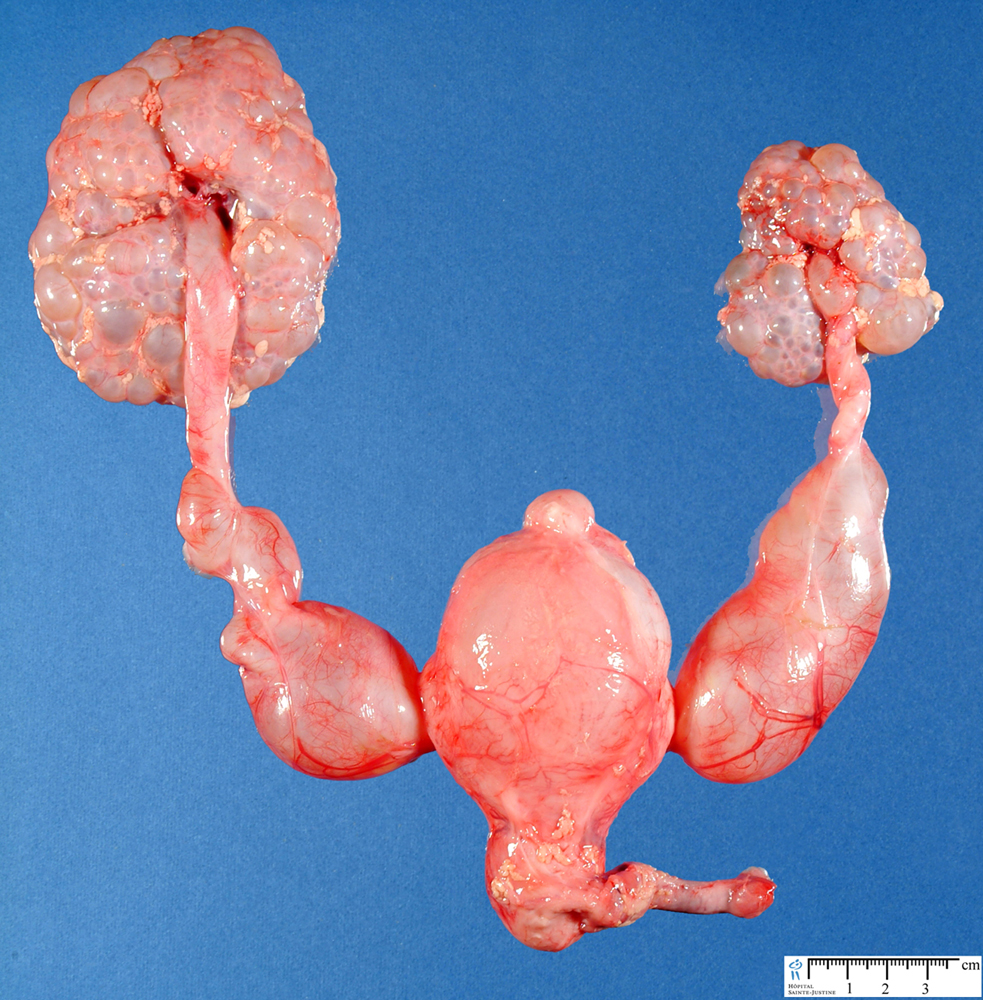What is hydronephrosis?
/Hydronephrosis is the swelling of a kidney which is caused by the accumulation of urine. This happens when the kidney cannot empty urine out through the bladder as a result of a blockage or obstruction such as a kidney stone, blood clot, tumor, enlarged prostate, or enlarged uterus during pregnancy. Hydronephrosis can occur in either one or both kidneys. If the condition appears suddenly, it can be extremely painful. Early diagnosis is crucial in order to prevent permanent kidney damage.
Hydronephrosis does not always cause symptoms. But if symptoms do occur, the most common symptom a person will experience is pain. The pain may occur either in the side and back, abdomen or groin. Other symptoms may include pain during urination, increased urge or frequency, incomplete urination, incontinence, nausea and fever. These symptoms can vary depending on what is causing the urinary blockage and how severe it is.
The cause of hydronephrosis is usually an underlying illness or risk factor such as a kidney stone, congenital blockage, blood clot, scar tissue, tumor or cancer such as bladder, cervical, colon, or prostate, enlarged prostate, pregnancy, urinary tract infection, or other diseases that cause inflammation of the urinary tract.
To diagnosis hydronephrosis, your doctor will do a serious of tests or procedures involving the kidneys and bladder. An ultrasound is the most common test done to diagnose the condition. Other scans that may be used to diagnose the condition may include a computerized tomography (CT) scan or a magnetic resonance imaging (MRI) test. Your doctor may also do a cystoscopy. A cystoscopy uses a cystoscope (which is an instrument with a light and camera on the end) and inserts it into the urethra to look into the bladder for any abnormalities.
Treating hydronephrosis usually involves treating the underlying cause of the condition such as getting rid of whatever is obstructing the urinary flow. This may involve surgery to remove the obstruction such as a kidney stone. Surgery may also not be required and the condition may be treated with antibiotics. If the obstruction is severe, excess urine may need to be removed using either a catheter to drain urine from the bladder or a special tube called a nephrostomy that drains urine from the kidney. It is important to get treated as soon as possible to prevent any permanent kidney damage which can lead to kidney failure. If this happens, dialysis or a kidney transplant may be needed.

